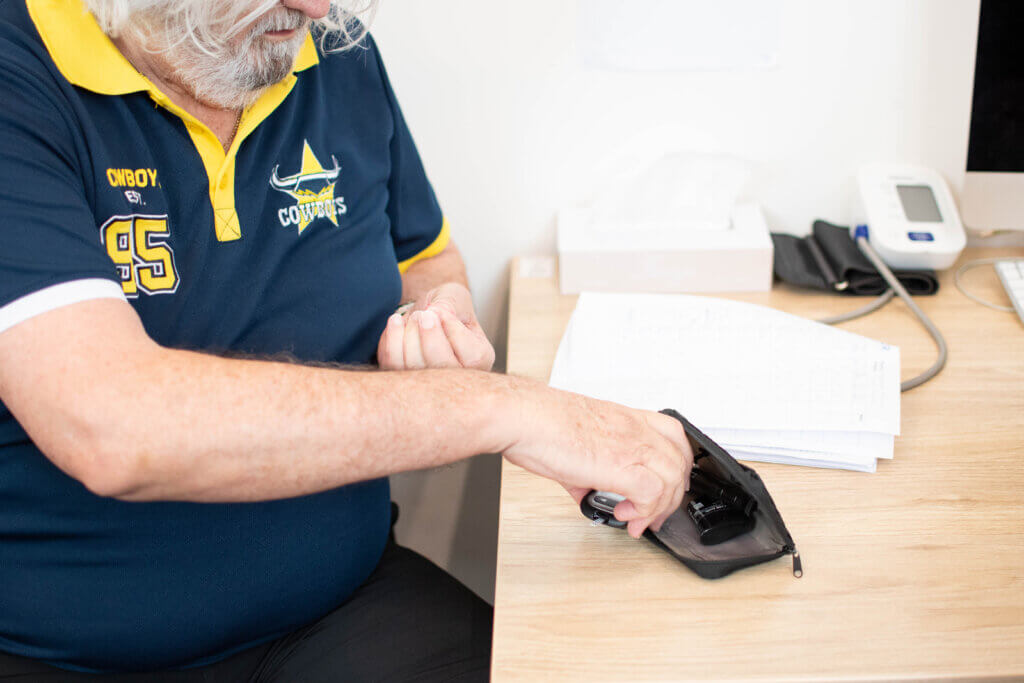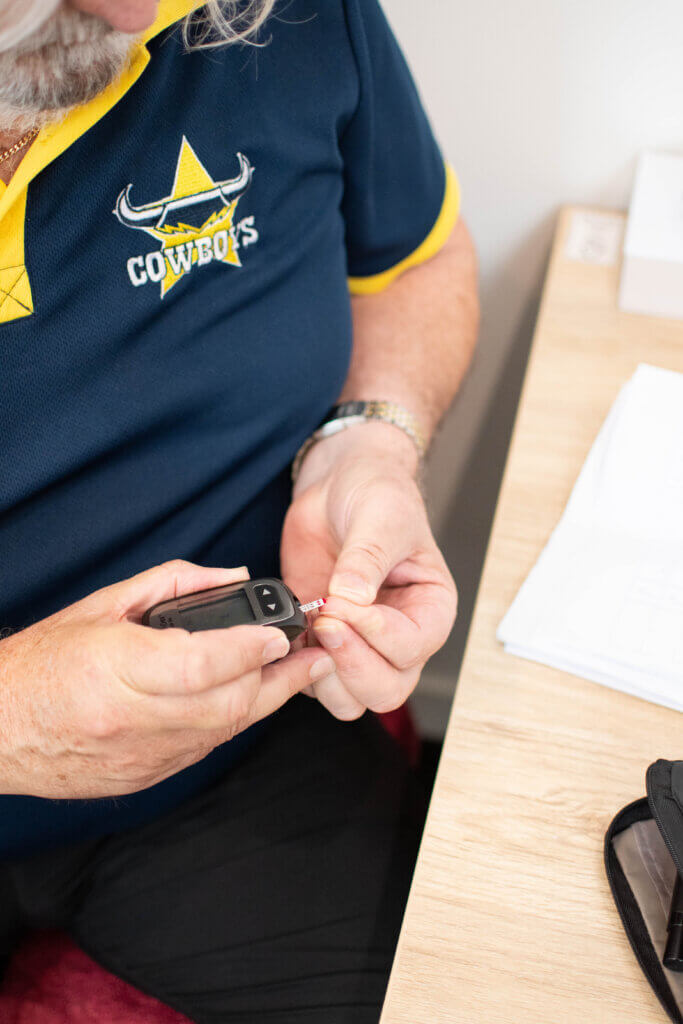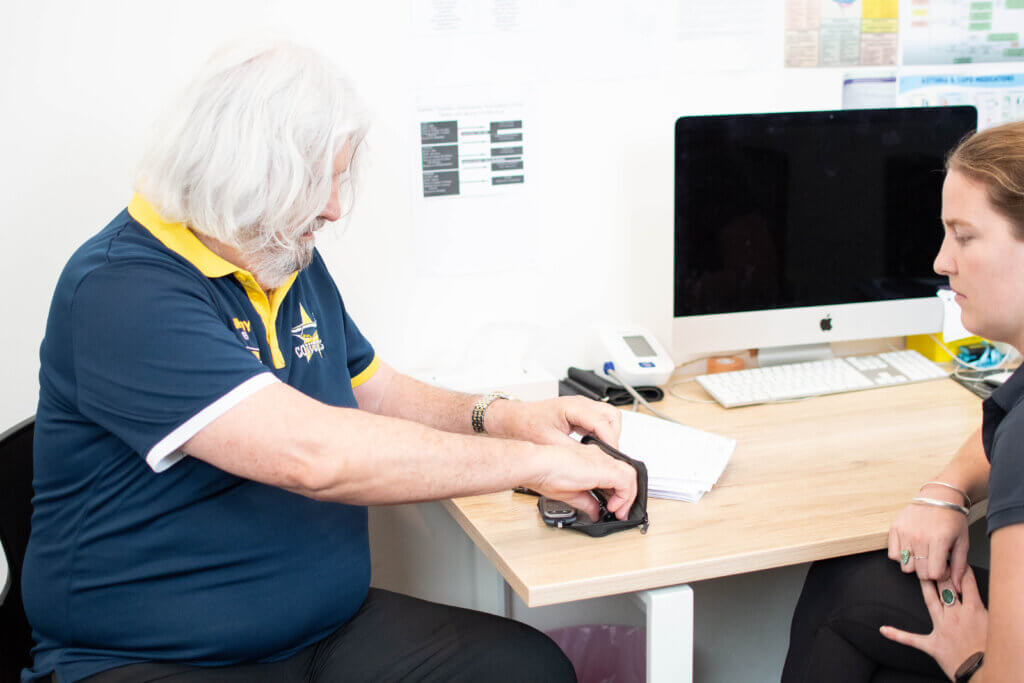
What is T2DM?
Type 2 Diabetes Mellitus (T2DM) is a chronic condition characterized by the body’s resistance to insulin or a progressive decline in its insulin production capacity. T2DM arises when the pancreas fails to produce adequate insulin, when the body’s cells exhibit insulin resistance, or when insulin does not effectively regulate blood glucose levels.
The onset of T2DM occurs gradually, during which insulin’s efficacy in managing blood glucose diminishes, prompting the body to increase insulin production. This overproduction can eventually exhaust the insulin-producing beta cells in the pancreas, leading to their dysfunction or demise. By the time T2DM is diagnosed, approximately 50-70% of these beta cells may be irreparably lost.
T2DM constitutes roughly 85-90% of all diabetes cases. While it predominantly develops in adults over 45, there is a growing incidence among younger adults, adolescents, and even children.
What Causes T2DM?
Genetic predisposition significantly contributes to the development of diabetes; however, lifestyle choices markedly heighten the risk. Modifiable factors such as hypertension, excess body weight or obesity, physical inactivity, poor dietary habits, and central adiposity substantially increase the likelihood of T2DM.
In addition to hereditary factors, certain immutable characteristics elevate the risk:
· Age: The risk escalates annually after 55.
· Age over 45: Individuals who are either overweight or have hypertension.
· Age over 35: Individuals from Aboriginal, Torres Strait Islander, Pacific Islander, Indian, or Chinese backgrounds.
· Women: Those who have given birth to an infant weighing more than 4.5 kg, experienced gestational diabetes, or have polycystic ovarian syndrome (PCOS).
Although some risk factors are unchangeable, adopting positive lifestyle modifications can significantly mitigate the severity of the condition.
Diabetes Remission
Diabetes remission differs from a cure or reversal of T2DM. It is defined as maintaining an HbA1c level below 6.5% for at least three months without pharmacological intervention. Achieving remission typically necessitates lifestyle alterations, such as weight loss, dietary improvements, or bariatric surgery. However, remission may not be attainable for everyone.
Individuals pursuing remission should collaborate closely with their healthcare team to manage their diet and physical activity. Even if remission is not reached, the health benefits of increased activity, improved nutrition, and weight loss can diminish the risk of diabetes-related complications.

Managing and Monitoring T2DM
While T2DM is not curable, it can be prevented, postponed, or managed through lifestyle modifications. Management strategies vary based on individual circumstances and the stage of the disease. Essential strategies include diet, exercise, medication, routine blood glucose monitoring, and regular medical check-ups.
Physical activity is vital for managing T2DM and mitigating associated complications. Exercise enhances insulin sensitivity and promotes glucose uptake in muscle tissue, effectively lowering blood glucose levels. Regular physical activity can help avert or delay complications.
Monitoring blood glucose levels (BGLs) is crucial for maintaining diabetes control. The frequency of monitoring is contingent upon the individual’s treatment plan and medication regimen. Regular monitoring aids in sustaining BGLs within the target range, established by the healthcare provider. Factors such as diet, physical activity, medication adherence, stress, and illness can affect BGLs.
Should BGLs rise too high (hyperglycemia) or drop too low (hypoglycemia), complications may ensue:
· Hyperglycemia (BGLs exceeding 15 mmol/L) may manifest as excessive thirst, fatigue, visual disturbances, infections, and abdominal pain. If untreated, it can result in damage to the eyes, kidneys, nerves, and cardiovascular system.
· Hypoglycemia (BGLs below 4 mmol/L) can induce symptoms such as sweating, dizziness, hunger, and tremors. Severe hypoglycemia necessitates immediate intervention to avert serious outcomes.
The HbA1c test offers a three-month average of blood glucose levels and serves as a reliable indicator of diabetes management. A reading of 6.5% or higher signifies diabetes, with the target range for T2DM management typically between 6.5-7%.
Preventing T2DM Complications and How To Exercise
Effective diabetes management is imperative to avert complications that often arise from prolonged high BGLs. Regular monitoring of BGLs and maintaining them within the target range, coupled with routine health assessments, can prevent complications. The Annual Cycle of Care delineates essential health checks to facilitate early detection and management of complications.
Physical exercise is crucial in managing T2DM. It can decelerate disease progression
and diminish the risk of complications. Prior to initiating an exercise regimen, obtaining medical clearance and undergoing pre-screening is advisable, particularly if other health issues are present.
The Australian Physical Activity and Sedentary Behaviour Guidelines recommend 150-300 minutes of moderate-intensity exercise or 75-150 minutes of vigorous-intensity exercise weekly, along with two sessions of resistance training. Nevertheless, any form of movement is advantageous, and individuals should commence gradually, especially if they are currently sedentary.
Monitoring BGLs before and after exercise is essential. BGLs should range between 5.5 mmol/L and 15 mmol/L for safe exercise initiation. If BGLs fall below 5.5 mmol/L, exercise should be deferred until glucose levels are elevated through rapid-acting carbohydrates. Conversely, if BGLs exceed 15 mmol/L, light to moderate aerobic exercise may aid in lowering high blood sugar, provided the individual feels well and remains adequately hydrated.

Conclusion
Effectively managing Type 2 Diabetes Mellitus (T2DM) necessitates a comprehensive approach that combines lifestyle modifications, regular monitoring, and medical oversight. While the condition is not curable, it can be proficiently controlled through a tailored strategy encompassing nutritious eating, physical activity, and, when appropriate, medication. Proactively monitoring blood glucose levels and attending regular health check-ups can markedly diminish the risk of complications and enhance quality of life. Whether striving for remission or simply seeking better management, support from healthcare professionals and consistent lifestyle adaptations are pivotal for thriving with T2DM.
Written by: Zoe Dick – Exercise Physiologist
